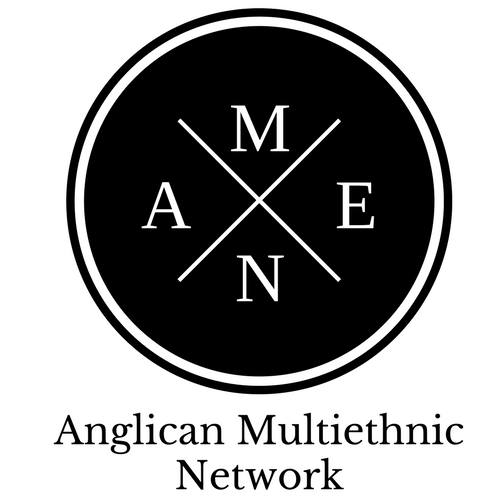We continue our study of the book Christians at the Border, by Dr. M. Daniel Carroll. Chapter 4 looks at the New Testament treatment of the topic of immigration and the ways in which Jesus’ life and teaching can inform our perspective. The chapter begins by situating the life of Jesus in the broader story of migration in the Bible. As he has throughout the book, Dr. Carroll draws attention to the ways in which the story of the Bible is a story of global migration. For Jesus, one aspect of this reality is his childhood flight to Egypt as a refugee/asylum seeker. Jesus knew firsthand, or at least from the stories his parents told him, what it was like to flee to another country because your safety was threatened. This shows that “the migration of this family locates the Jesus story within a movement that spans history, of people desiring a better life or escaping the threat of death” (p. 106).

Jesus’ teaching and ministry consistently show his care for those on the margins of society, including outsiders and foreigners. Whether with the Samaritan woman in John 4, the Samaritan leper in Luke 17, Jesus “models a new and different way of looking at persons who were outside the circle of the known and beyond acceptability” (p. 109). For those of us in America who may have views of immigrant which in any way demean their dignity as God’s image bearers, Jesus’ witness emphatically negates that view. All are loved, respected, and are potential recipients of the good news of the Gospel, or already Christian brothers and sisters. Dr. Carroll makes this point regarding the well-known parable in Matthew 25 of the sheep and the goats – even if you narrowly interpret this to include only those in the household of faith, that household certainly extends beyond the national borders of our country. I was struck by a 2017 photo that showed the rosary beads of migrants who were detained in Arizona (shown above). These people in some way are connected to me by faith in Jesus, and as such have a particular demand on my love and resources, according to Matthew 25.
Dr. Carroll then includes two further New Testament references on the topic: 1 Peter and Romans 13. He points out the way in which Peter addresses his audience as “foreigners and strangers,” the same phrase used in Genesis 23:4 where Abraham buys a burial plot in the promised land for his wife Sarah. In this allusion, Peter shows that “the history of the people of God is the pilgrimage of faith of those who are alienated from the world.” Again, he shows how reading the Bible through the lens of migration enriches and expands our understanding of the text, and our own place in it.
There is an intentional order to this chapter. Romans 13 is the last portion of Scripture that Dr. Carroll addresses for a reason. He states: “It is my conviction…that there are a series of prior considerations that must be dealt with before introducing issues of legality” (p. 122). For him, starting with law and order discussions of immigration misses the mark, in part because both sides of the political aisle agree that the current legal system is broken and needs reform. But beyond that pragmatic issue, Dr. Carroll wants us to consider the issue first as Christians, who listen to the Word of God, and throughout this survey, we see God’s heart of compassion for the stranger, the foreigner, the refugee, and the marginalized. While acknowledging the current situation is complex and there are many nuances and implications we must consider, the point he closes with is clear: “The way of seeing beyond the present tensions and problems of immigration. . .is not easy; it was not easy for the early church. But it is good and right” (p. 128). As with most areas of Christian discipleship, we are called to act intentionally, compassionately, and with hope, knowing that God is at work throughout the world bringing his multi-ethnic kingdom to fruition, and he invites us on the journey.
